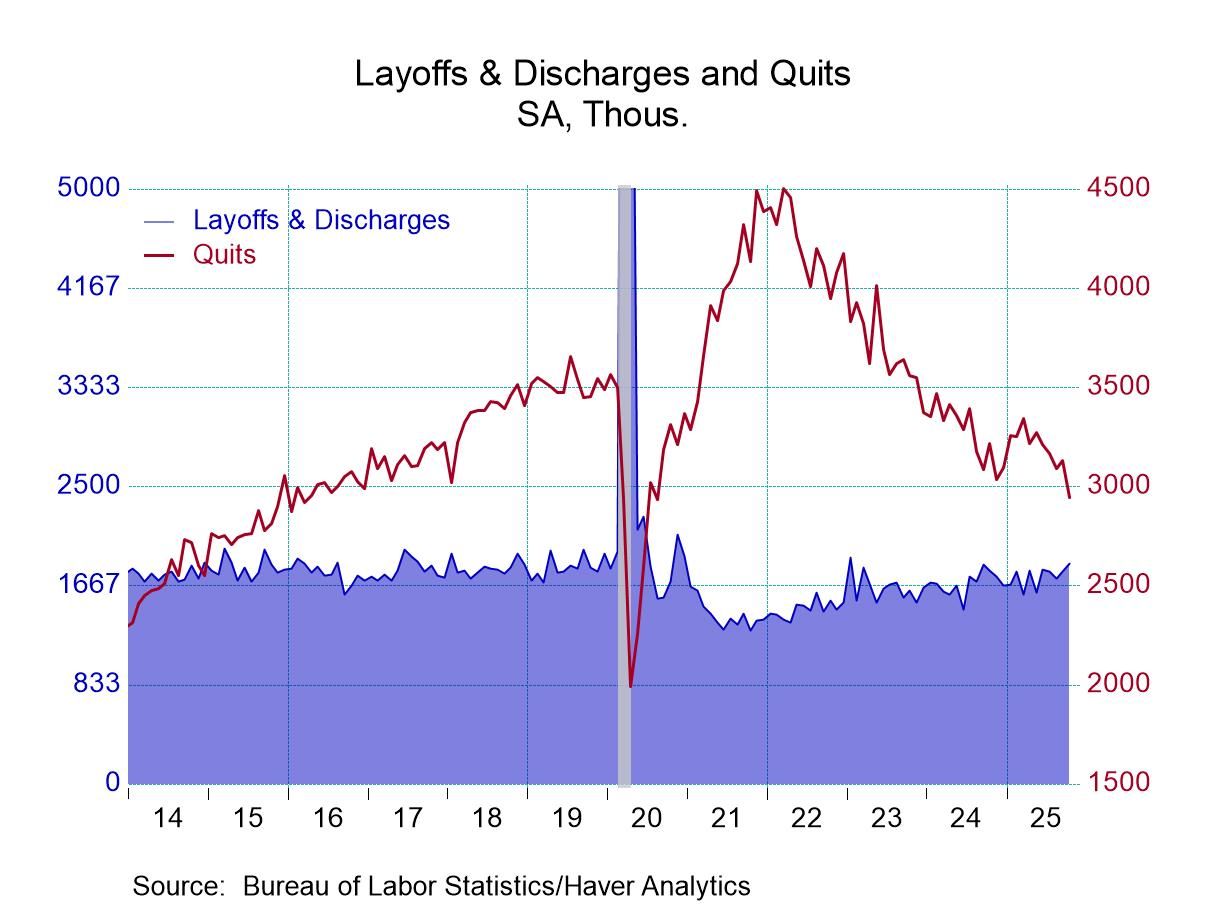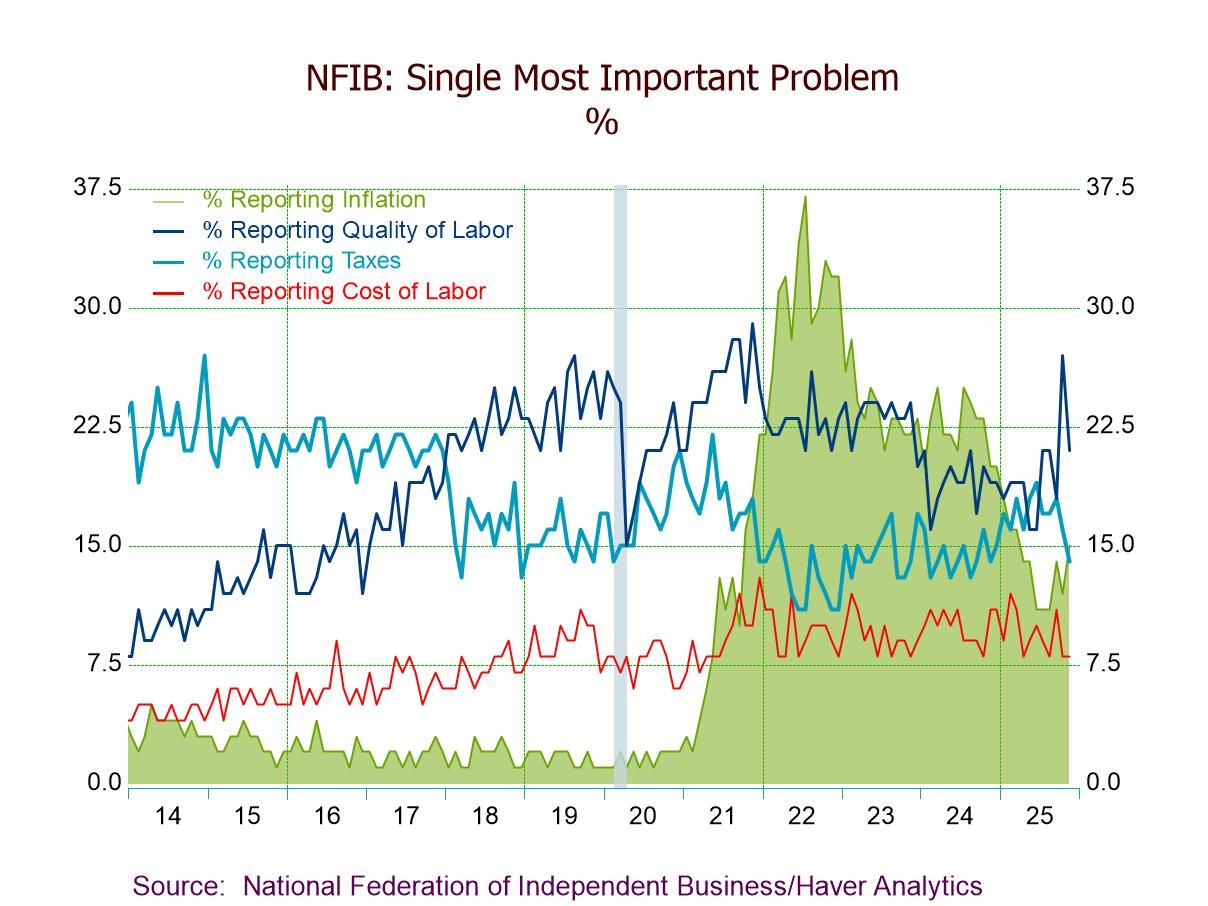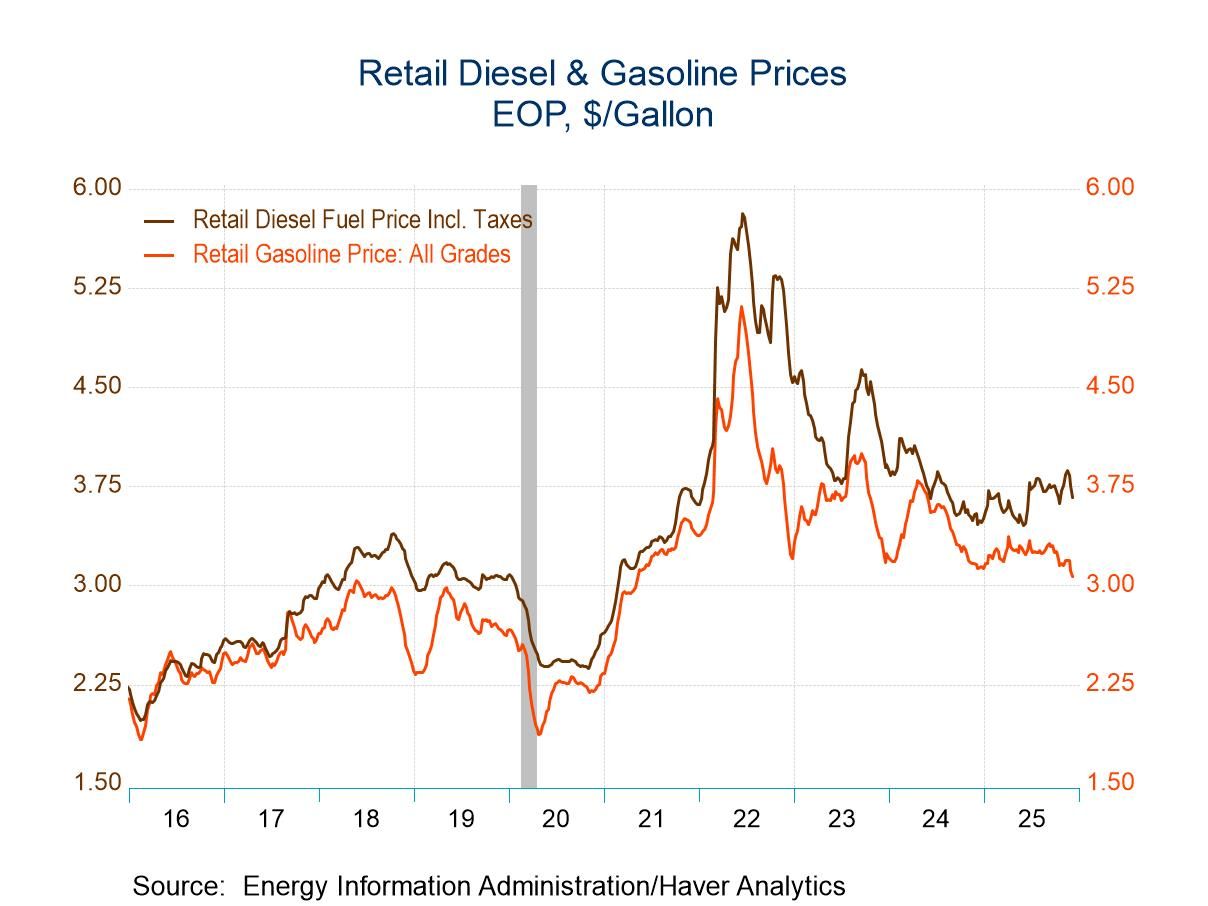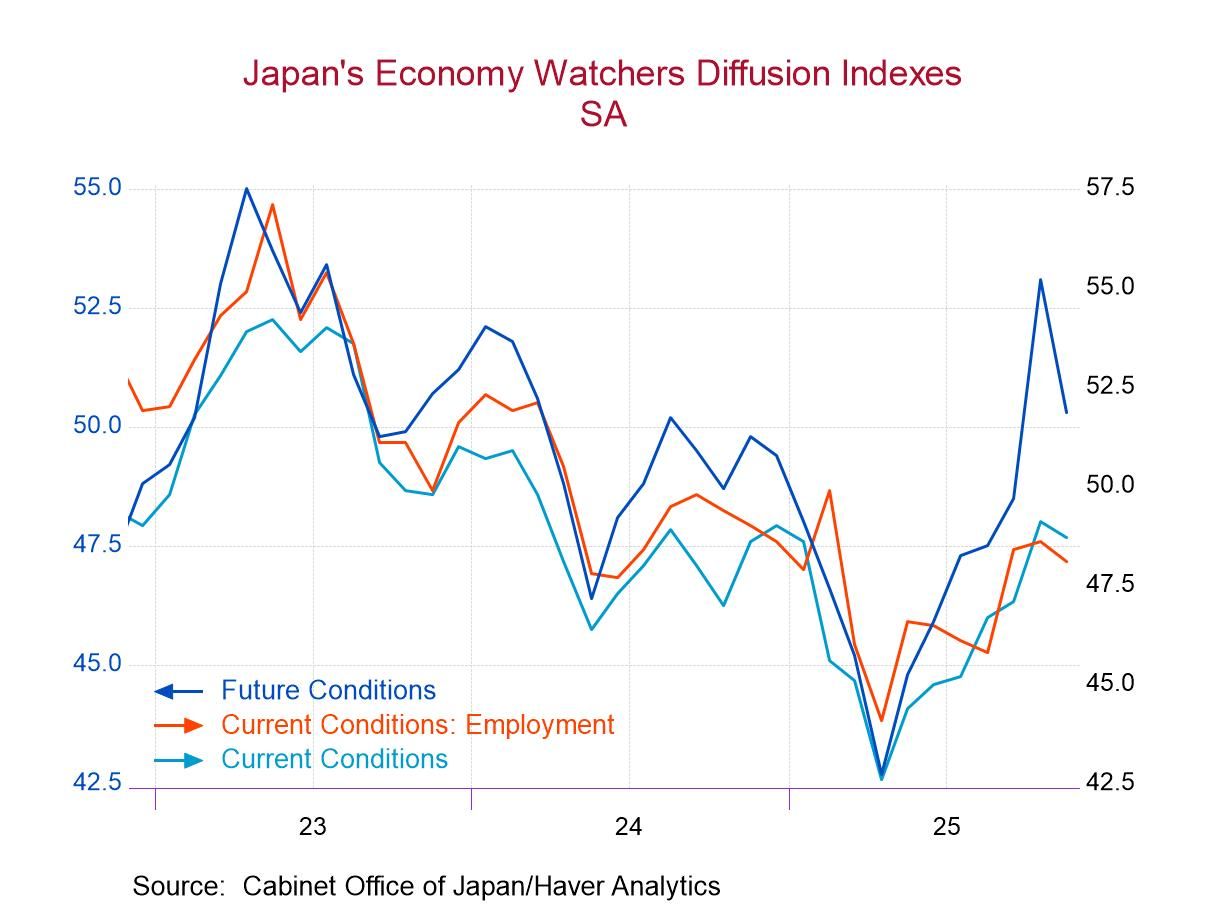 Global| Sep 23 2009
Global| Sep 23 2009PMIS Show Continued Growth In Europe
Summary
The EMU PMIs are up again – and, for the second month running, the overall business index is over 50, showing positive growth. The two main PMI components improved again in September with MFG index up to 40.04 from 48.24 and the [...]
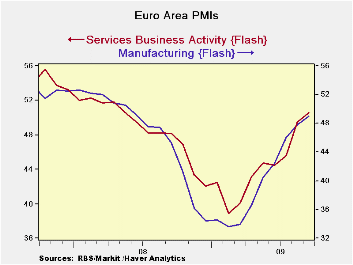
The EMU PMIs are up again – and, for the second month running,
the overall business index is over 50, showing positive growth. The two
main PMI components improved again in September with MFG index up to
40.04 from 48.24 and the services index up to 50.61 from 49.92.
The MFG PMI is at its highest since June of 2008. The services
index is at its best value since April 2008.
The more detailed results show that Germany is suffering some setbacks
and cross currents. That is in-keeping with other German indicators we
have recently seen. In France the improvement continues to move ahead,
with a national index of business sentiment also up sharply in
September.
‘ V-shaped’ recovery -- Europe’s PMIs
continue to sketch out a recovery that is very “V-shaped.’ The MFG PMI
fell from 50 to its cycle low in eight months. Now after eight months
it has risen from its low to 49.04 , nearly back to 50. The Services
PMI slipped to its cycle low in nine months. Now, seven months later,
it is above the neutral mark of 50.
Beyond the diffusion world of the PMIs - Of
course the indices are not yet back to their respective cycle peaks.
But that typically does not happen until the cycle itself actually
peaks which is a long way off (we hope). For now the recovery has been
unfolding apace. The more detailed news from Germany suggests that the
pace of recovery may be in store for some slowing, from a diffusion
standpoint. But there is plenty of room for the expansion to spread in
terms of real readings like orders and industrial output and job
growth, even if the PMIs do not advance very fast from now on. PMIs are
economic indicators; formally, they are measures of breadth- the answer
the question, “what proportion of the industries are doing better, in
terms of jobs, orders, overall performance and so on?” The PMIs do not
answer the question, “how strong is the gain?” That is the next
challenge, to expand the increase in orders and in output that has
begun, and to extend the expansion to include job gains. Then the task
is to continue to show staying power across sectors. Indicators like
the diffusion-based PMIs can be very useful, but they fall short of
giving us the true welfare picture of the economy.
Shifting the focus - For this cycle the PMIs have mostly done
their job. They flagged the slow down and the move lower in the economy
ahead of most traditional economic variables and they also showed the
way for the pick up. Now they will give us some indication of how the
various sectors change speed. But the key reports from here on out will
be the traditional reports that reveal true strength instead of just
diffusion or breadth.
| FLASH Readings | ||
|---|---|---|
| Markit PMIs for the E-Zone | ||
| MFG | Services | |
| Sep-09 | 49.04 | 50.61 |
| Aug-09 | 48.24 | 49.92 |
| Jul-09 | 46.25 | 45.69 |
| Jun-09 | 42.62 | 44.65 |
| Seqment averages | ||
| 3-Mo | 45.70 | 48.57 |
| 6-Mo | 41.43 | 46.34 |
| 12-Mo | 39.34 | 44.31 |
| 127-Mo Range | ||
| High | 60.47 | 62.36 |
| Low | 33.55 | 39.24 |
| % Range | 57.5% | 49.2% |
Robert Brusca
AuthorMore in Author Profile »Robert A. Brusca is Chief Economist of Fact and Opinion Economics, a consulting firm he founded in Manhattan. He has been an economist on Wall Street for over 25 years. He has visited central banking and large institutional clients in over 30 countries in his career as an economist. Mr. Brusca was a Divisional Research Chief at the Federal Reserve Bank of NY (Chief of the International Financial markets Division), a Fed Watcher at Irving Trust and Chief Economist at Nikko Securities International. He is widely quoted and appears in various media. Mr. Brusca holds an MA and Ph.D. in economics from Michigan State University and a BA in Economics from the University of Michigan. His research pursues his strong interests in non aligned policy economics as well as international economics. FAO Economics’ research targets investors to assist them in making better investment decisions in stocks, bonds and in a variety of international assets. The company does not manage money and has no conflicts in giving economic advice.



